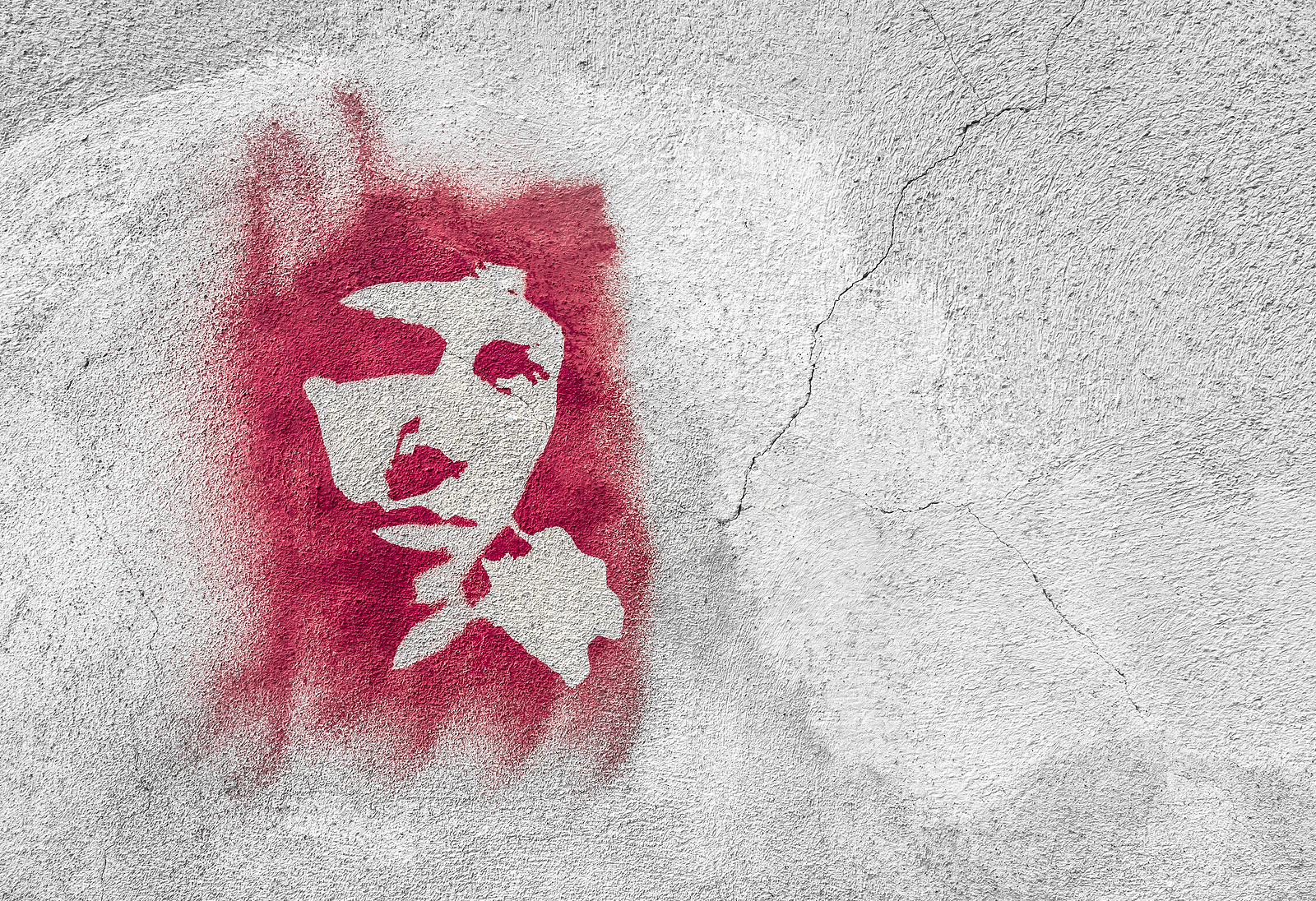Anti-establishment at its very core, street art is one of the most attention-drawing ways an artist can express their opinion and highlight the most pressing societal issues. While murals and wall paintings have existed for hundreds of years, street art, as we know it today, has gained new meanings recently, often serving as a tool of protest and contraction. Street art comes in all shapes, sizes, and techniques: some artworks are large enough to cover the entire building’s wall, while others are deliberately hidden from the eyes of commoners and are simple in execution but evocative in meaning. One of the most prominent forms of street art is stencil art.
Works by Banksy, with their black colors and simple yet eye-catching designs challenging the mind of the onlookers, come to mind immediately when we think about the staples of this style. But why has stencil art become so overwhelmingly popular amongst street artists?
Stencil art as a flexible artistic medium
The rise of modern street art in the United States dates back to the 1960s. It was (and in many ways, still is) a way to voice one’s political opinion without necessarily disclosing their identity and attracting negative attention from the authorities. Nowadays, many US states have laws banning street art, and graffiti in particular, as a form of vandalism. It is also often linked to gang activity and viewed as an indication of the general crime levels. In conditions like these, it is no wonder that stencil art has evolved as a common practice.
The fact is that using a stencil gives several advantages that are crucial when trying to stay discrete. Whatever the level of complexity of the stencil, the transfer of the image onto a surface is extremely quick. Whether you are transferring an anti-war slogan or a street art rendition of the Mona Lisa onto a wall, you can do it within seconds. All you need is one spray paint. This makes stencils perfect for political agitation. If you need to spread your message across the city and do it quickly, there is no art technique that is more fitting.
Street art was born in the urban environment and is inspired by it. Plus, it is an adjustable and flexible art form, which perfectly fits into the ever-changing organism that is the modern city. In a way, stencil art is almost reflective of life in a big city: it’s fast and efficient, made with a clear intention in mind.

